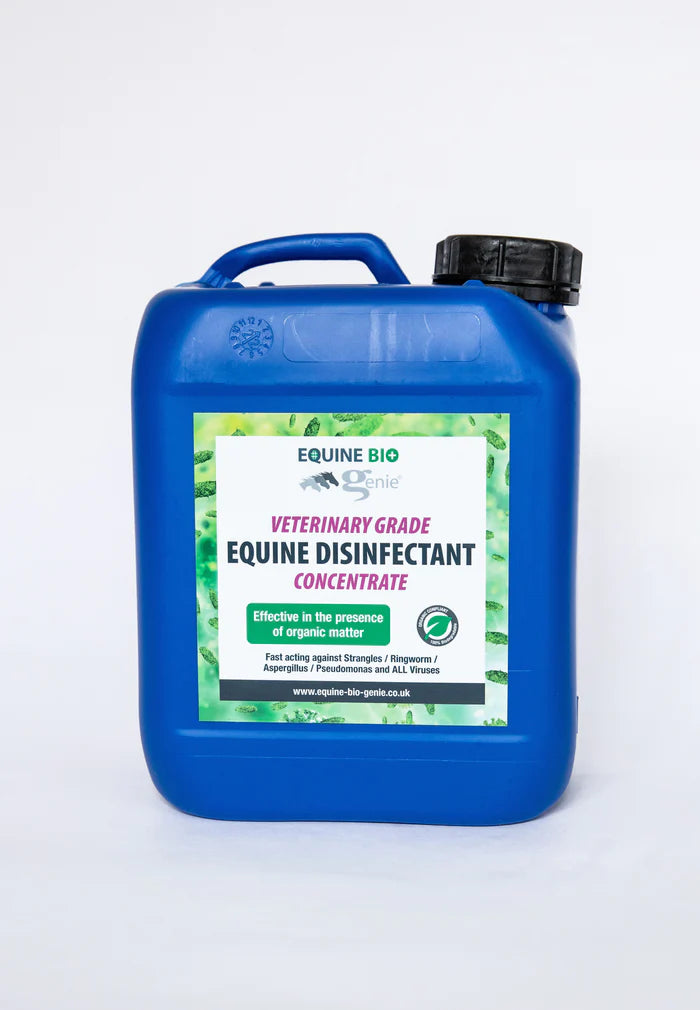EHV. What is it?
EHV stands for Equid alphaHerpes Virus, of which there are a number of strains. The two most common are EHV1 and EHV4. EHV 1 presents itself most often as a respiratory disease in younger horses, but can also cause pregnant mares to abort and in the worst case cause neurological disease in horses of any age and sex – for which there is NO vaccine.
What to look out for?
EHV is a silent killer – it can lay dormant for years in lymphatic and neurological tissues. Horses can be carriers of the disease while displaying NO clinical signs. However, when the horse does present signs they appear firstly in the form of a mild fever or runny nose. In typical ‘opportunistic’ fashion, this is commonly in response to a ‘stress event’ or when the horse has become immuno-suppressed. Typically post TRAVEL or COMPETITION STRESS. It is at this point the Virus awakes.
What to do?
Firstly, we need to understand how the Virus travels and spreads – and most commonly it is transmitted via nasal secretions - both airborne infectious particles from nasal discharge and coughing (no more than approx. 20 ft) so reduction in close contact reduces risk. STAY PUT / STAY DISTANT. One of the errors that were made looking back to Valencia last year was that people panicked and went home, which then spread the virus.
How can the Virus spread?
EHV can remain stable and infectious for up to 7 days on materials such as wood/paper/leather but up to 35 DAYS on things like hession fabric and HORSE MANE & TAIL HAIR (and horses swish their tails!) thus transferring particles into the atmosphere. FOMITES – these are objects that when contaminated can transfer the virus onto a new host. This can be human clothing / equipment / Transport / grooming tools / Feed, bedding & water buckets…and WATER ITSELF.
It is proven that WATER acts as a vector for EHV – many viruses have adapted to survive the harsh environment of the intestinal tract, so stands to reason they can survive in water…and across a broad temperature between 4-30 degrees C.
The INDEX HORSE – this is the horse that sparks the outbreak. The horse develops mild fever, starts shedding millions of EHV virus particles through respiratory secretions via coughing, snorting, nasal discharge onto surfaces and FOMITES. – these then TRAVEL.
Observations
- Older horses are more susceptible
- Horses are more at risk the further away from the time of their vaccination
- Some horses shed more virus than others, even with no clinical signs
- Early recognition is vital and the prognosis is good for the respiratory strain of the disease
- Rectal temp is critical in initial diagnosis
What can we do?
With the transmission of the disease via inanimate objects and nasal discharge two things are very important:
- Use high level disinfectant that can be sprayed around buckets / feed / equipment / transport with no risk of chemical residue that may harm the horse or the environment…this allows you to spray ALL AREAS that may be contaminated – including the WATER! Equine BIO Genie water treatment is a fully certified and tested solution to combat water-borne pathogens.
- Given the nasal discharge secreted onto surfaces – it is vital that you use a surface disinfectant that will eradicate pathogens to at least a 99.99% efficacy rate and will be active in the presence of some organic matter. Equine BIO Genie disinfectant has been tested to comply with these measures and you will observe the product reacting to areas of contamination via nasal discharge, so it will be easy to see where the risk lies.
Bespoke Equine Testing
We have gone to the very well respected equine laboratory of the Irish Equine Centre to have additional efficacy testing carried out.
We have commissioned testing done to unusually low contact times across various dilution rates. These tests were carried out using an equine serum as an interfering agent under clean and dirty conditions

